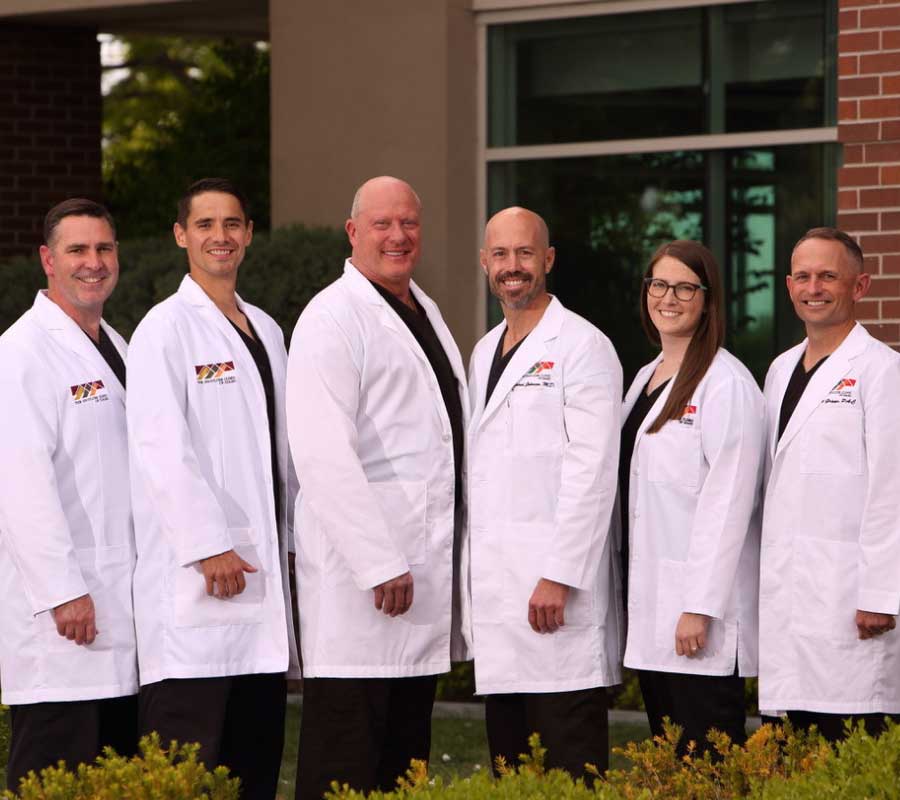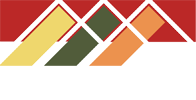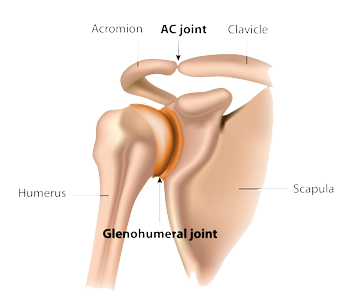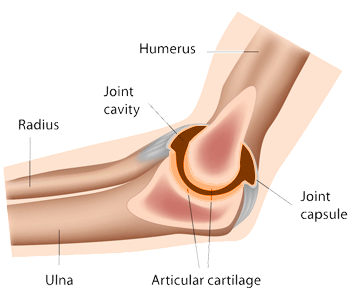Idaho Elbow Specialists

Are you experiencing elbow pain? Elbow pain can be caused by an acute or chronic injury. The elbow specialists at the Shoulder Clinic of Idaho provide diagnosis and both surgical and nonsurgical treatment options for patients in the Boise who are suffering from elbow pain. Contact the Shoulder Clinic of Idaho team today!
What is the anatomy of the elbow?
 The elbow is a complex hinge joint, formed between the distal end of the humerus (bottom of the arm bone) and the proximal ends of the ulna and radius (top of the forearm). The elbow joint allows for extension and flexion of the forearm, as well as the rotation of the forearm and wrist. The anatomy of the elbow includes bones, ligaments, tendons, muscles and nerves that all work together to move, bend and give strength to the arm. When one of these structures becomes injured, elbow pain, elbow weakness and elbow stiffness can be a problem. Patients in Boise, Meridian, Nampa, and the surrounding communities of the Treasure Valley can trust the orthopedic specialists at The Shoulder Clinic of Idaho to diagnose and treat elbow pain and common elbow problems with the latest and most successful orthopedic techniques.
The elbow is a complex hinge joint, formed between the distal end of the humerus (bottom of the arm bone) and the proximal ends of the ulna and radius (top of the forearm). The elbow joint allows for extension and flexion of the forearm, as well as the rotation of the forearm and wrist. The anatomy of the elbow includes bones, ligaments, tendons, muscles and nerves that all work together to move, bend and give strength to the arm. When one of these structures becomes injured, elbow pain, elbow weakness and elbow stiffness can be a problem. Patients in Boise, Meridian, Nampa, and the surrounding communities of the Treasure Valley can trust the orthopedic specialists at The Shoulder Clinic of Idaho to diagnose and treat elbow pain and common elbow problems with the latest and most successful orthopedic techniques.
What structures make up the anatomy of the elbow?
The elbow joint works in unison with the shoulder and wrist to provide structure and versatility to the arm. Known as a synovial hinge joint, the elbow allows for flexion and extension of the elbow, as well as rotation of the forearm.
The elbow is formed by three major bones. These bones include:
- Humerus: Upper arm bone, connects to the shoulder joint and the elbow joint.
- Radius: One of two bones in the forearm, located on the same side as the thumb.
- Ulna: The second forearm bone, located on the same side as the pinky finger.
Ligaments allow for stability of the elbow as it moves in flexion and extension as well as rotation of the forearm. Healthy and intact ligaments also help prevent injury to the elbow joint. The ligaments of the elbow are:
- Annular ligament: Annular or “ring shaped,” ligament forms a ring around the radial head and functions to keep the head of the radius in contact with the radial notch of the ulna.
- Lateral collateral ligament (LCL): Responsible for stability of the elbow and is located on the outside edge of the elbow joint. This ligament is commonly torn in elbow dislocations.
- Ulnar collateral ligament (UCL): Also known as the medial collateral ligament, located on the inner edge of the joint. This ligament is commonly injured in throwing athletes, such as pitchers and javelin throwers
Muscles, tendons and nerves make up the remainder of the anatomy of the elbow, all working together to make the joint work properly.
- Triceps and biceps muscles and tendons: Responsible for force and strength while bending and straightening the arm at the elbow joint.
- Flexor and extensor muscles: Responsible for finger and wrist movement.
- Ulnar nerve: The major elbow nerve responsible for controlling the muscles of the hand and providing sensation to the small and ring fingers. This nerve travels along the inside of the elbow.
Why does my elbow hurt?
The elbow is in constant use throughout the day and is placed under stress frequently. Because of the high demand on the elbow joint, the orthopedic specialists at The Shoulder Clinic of Idaho frequently see patients in Boise, Meridian, Nampa, and the surrounding communities of the Treasure Valley with elbow injuries. They typically diagnose and treat patients with these common injuries to the elbow:
- Arthritis of the Elbow
- Distal Biceps Tendon Tears
- Golfer’s Elbow
- Tennis Elbow
- Ulnar Nerve Entrapment
To learn more about the anatomy of the elbow and the various causes of elbow pain, please contact the orthopedic specialists at The Shoulder Clinic of Idaho, serving patients in Boise, Meridian, Nampa, and the surrounding communities of the Treasure Valley.


